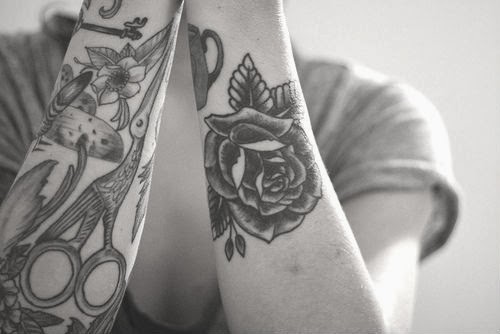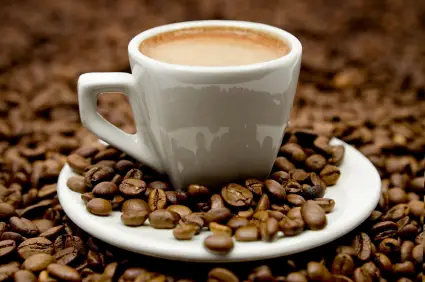In relation to this topic, I found an article entitled "Corneal tattoing is eye beautification surgery" by Dr. Shalini Mohan from the site www.timesofindia.com.
Corneal tattooing is the practice of tattooing the cornea of the human eye. There are different reasons why people do this. Some go under this procedure to improve their cosmetic appearance. However, improvement of vision could not be achieved through this surgery.
Dr. Shalini Mohan states that there are various causes behind corneal tattooing. It varies from patient to patient, but most of them receive the treatment to alter the cosmetic appearance of their eyes due to any disease or accident.
"The corneal tattooing surgery is only a process of 10 to 15 minutes, The dye which is use for the tattoo lasts for 3 to 4 years. This varies from patient to patient," said Dr. Mohan.
As you can see, most of the people doing it is because of medical reasons and not just for fun. It's not a 100% sure procedure: therefore, I feel like there is still a lot of hesitance before going under.
In addition to this topic, I came across this article entitled "The Eyeball Tattoo FAQ" by Shannon Larratt from the site www.modblog.com.
Eyeball tattooing is the process of permanently altering the color of the eye. Generally this refers to the injection of ink under the surface of the white eye, rather than changing the color of the iris, although this is theoretically possible.
Most people do it for medical reasons like stated above, but there are others who get it because it makes them happy or feels right in some way. Some say because they like the way it looks or it suits them spiritually. There are even people who find it sexually appealing.
There are more cons than pros in doing such procedure. That is why doctors are generally not willing to tattoo healthy eyes due to the perceived risk. Worst case scenario, you lose your sense of sight.
"An experienced practitioner can reduce the chances of these risks but cannot eliminate them. Anyone considering an eyeball tattoo needs to seriously consider whether they would be willing to live a life where these risks come to fruition," says Shannon Larratt.
This trend is definitely one of the most controversial regarding tattoos, but I think people should be able to do what they want with their bodies. It's our lives and we should be able to decide what's best for us, even if it is against the opinion of many.





.jpg)



















